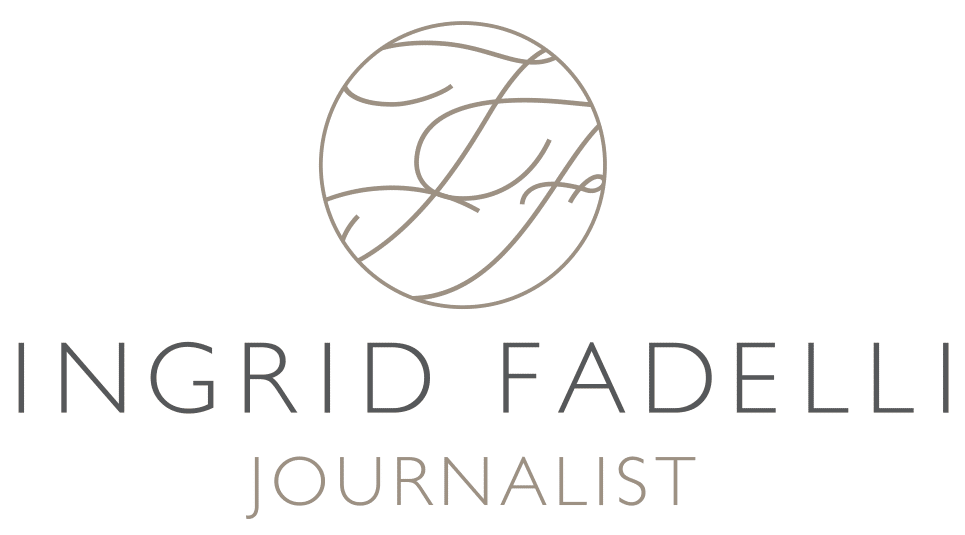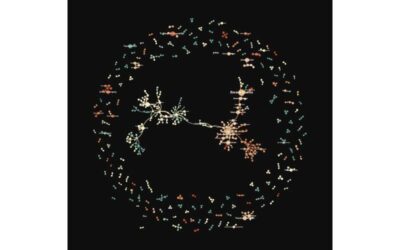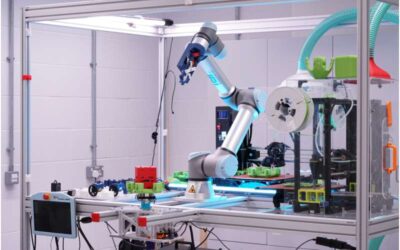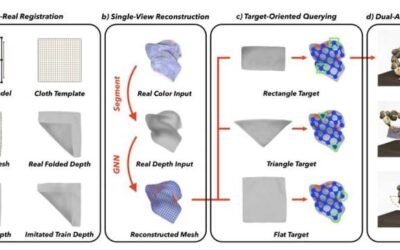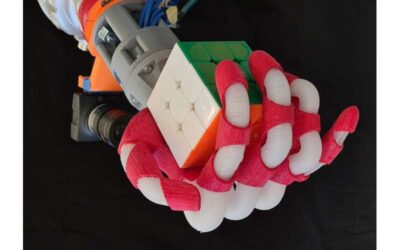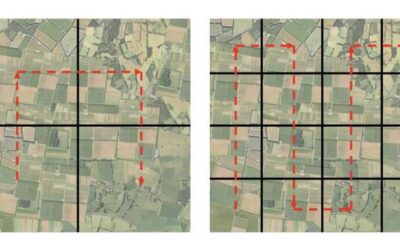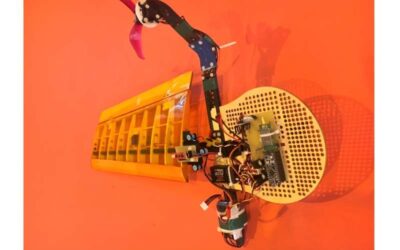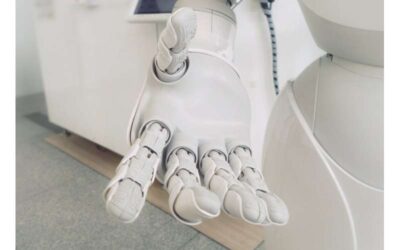In recent years, roboticists have developed increasingly sophisticated robotic systems designed to mimic both the structure and function of the human body. This work includes robotic hands, grippers that allow robots to grasp objects and manipulate them like humans do...
Robotics
A framework for risk-aware robot navigation in unknown environments
An embodied conversational agent that merges large language models and domain-specific assistance
Large language models (LLMs) are advanced deep learning techniques that can interact with humans in real-time and respond to prompts about a wide range of topics. These models have gained much popularity after the release of ChatGPT, a model created by OpenAI that...
Exploring the effects of hardware implementation on the exploration space of evolvable robots
Evolutionary robotics is a sub-field of robotics aimed at developing artificial "organisms" that can improve their capabilities and body configuration in response to their surroundings, just as humans and animals evolve, adapting their skills and appearance over time....
A technique to facilitate the robotic manipulation of crumpled cloths
To assist humans during their day-to-day activities and successfully complete domestic chores, robots should be able to effectively manipulate the objects we use every day, including utensils and cleaning equipment. Some objects, however, are difficult to grasp and...
Scientists create soft and scalable robotic hand based on multiple materials
Robots based on soft materials are often better at replicating the appearance, movements and abilities of both humans and animals. While there are now countless soft robots, many of these are difficult to produce on a large-scale, due to the high cost of their...
An energy-efficient object detection system for UAVs based on edge computing
Unmanned aerial vehicles (UAVs), commonly known as drones, are already used in countless settings to tackle real-world problems. These flying robotic systems can, among other things, help to monitor natural environments, detect fires or other environmental hazards,...
A soft glove based on honeycomb pneumatic actuators for assistive care and rehabilitation
Many previously developed smart gloves were built using fabric-based pneumatic actuators (FPAs), which are essentially textiles that can produce specific motions. While some of these systems achieved promising results, they typically can only produce a few...
Efficient single-winged aerial robots with reduced energy consumption
Flying robotic systems have already proved to be highly promising for tackling numerous real-world problems, including explorations of remote environments, the delivery of packages in inaccessible sites, and searches for survivors of natural disasters. In recent...
A deep learning technique to improve how robots grasp objects
Most adult humans are innately able to pick up objects in their environment and hold them in ways that facilitate their use. For instance, when picking up a cooking utensil, they would normally grab it from the side that will not be placed inside the cooking pot or pan.
